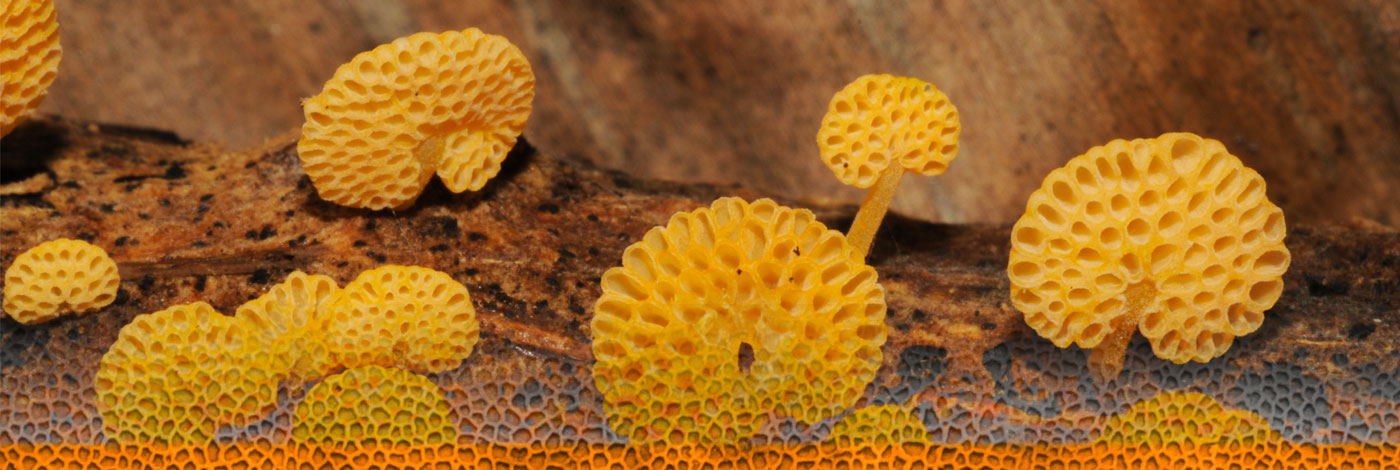

 Cryptogamie, Mycologie
34 (1) - Pages 45-77
Cryptogamie, Mycologie
34 (1) - Pages 45-77In this paper, we re-examine, re-describe and illustrate all sexual generic type specimens of Planistromellaceae including Comminutispora agavacearum, Eruptio acicola, Loratospora aestuarii, Microcyclus angolensis, Mycosphaerellopsis myricariae, Planistroma yuccigenum and Planistromella yuccifoliorum. We also use molecular data from GenBank to show the taxonomic placement of some of these genera. Members of family Planistromellaceae (Botryosphaeriales) are saprobes or pathogens on various plants and characterized by multi or uniloculate ascostromata which are erumpent through cracking or splitting of host tissues and have periphysate ostioles. The ascostromata comprise several layers of brown to black thick-walled cells, pseudoparaphyses are not obvious in mature specimens, and asci are bitunicate. The asexual morphs were previously reported to be found in the genera Aposphaeria-like, Fusicladium, Hyphospora, Kellermania, Lecanosticta, Pazschkeella and Piptarthron. Following this study, phylogenetic analyses based on molecular data from LSU and ITS genes provide strong support for the monophyly of the Planistromellaceae in the Botryosphaeriales, while the Planistromellaceae clade separates into three different groups represented by the type species of Piptarthron, Planistroma and Kellermania, respectively. We accept Kellermania (= Planistromella and possibly Piptarthron), Planistroma and Mycosphaerellopsis (the latter with no molecular support) in Planistromellaceae, while four other genera are redisposed of as follows: Comminutispora clusters in Capnodiales, Eruptio and Microcyclus have been shown to be members of Mycosphaerellaceae, and Loratospora has been shown to belong in Phaeosphaeriaceae.